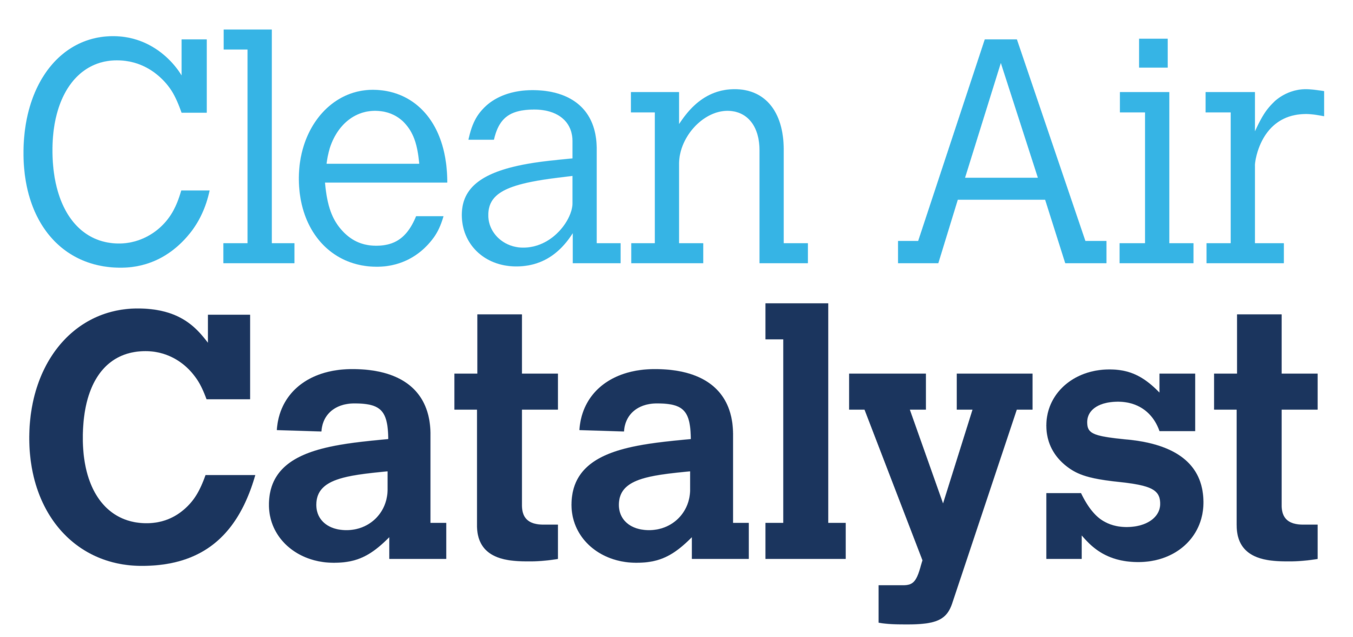Multistakeholder Forum: Source Awareness in Nairobi City - Day 2
20 July 22 – On day 2 of the Forum, stakeholders discussed the challenges and solutions of air quality monitoring in Kenya, how to bridge the science-policy divide, and the importance of community involvement in bringing about change.
Kenya has put in place the legal and institutional framework to prevent, control, and abate air pollution: the Kenyan Constitution stipulates that clean air is a human right, the Environmental Management & Coordination Act of 1999 provides the legal basis for air quality management, and more recently, the Air Quality Action Plan (2019–23) was ratified to develop better air quality management strategies. Lastly, the Nairobi City County Air Quality Law (2022) lays down the legislative framework “to protect the right to a clean and healthy environment by providing reasonable measure for the prevention of air pollution and for connected purposes”.
Despite these legislative provisions, mitigating air pollution has remained a challenge. Some of the challenges are the lack of capacity in air quality monitoring and data interpretation, and scattered efforts in air quality related activities. Sustainable air quality strategies require strategic partnerships and joint effort across sectors.
Effective air quality monitoring strategies are important to understand and forecast pollution levels, design pollution control strategies, enforce air quality regulations, conduct impact assessments, and understand pollution trends in the long term.
The health impact of poor air quality in Kenya is immense. According to the Kenya National Bureau of Statistics, in 2019 respiratory diseases were the leading cause of morbidity in Kenya, making up 25% of all disease incidences. There is also strong evidence correlating air pollution and strokes, cardiovascular diseases, type 2 diabetes, cognitive disorder, lung cancer, and other diseases. Women, children, the elderly, and other vulnerable sections of the community suffer the most.
It’s critical to fill the data gap to be able to design interventions that bring about desired change.
Here are some suggested solutions:
Create strong partnerships for resource mobilization in the air quality sector.
Make affordable air quality monitoring technology accessible.
Develop capacity to monitor air quality and related health impacts.
Promote active community participation; for example, in monitoring air quality in their neighborhoods using mobile sensors.
Prioritize vulnerable communities and hotspot areas to curb health impact.
Integrate climate change and air pollution policies for strong long-term impact in the fight against climate change.












